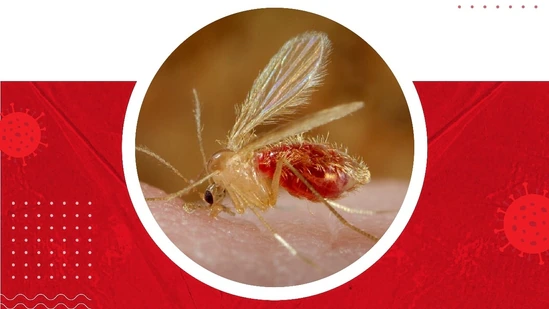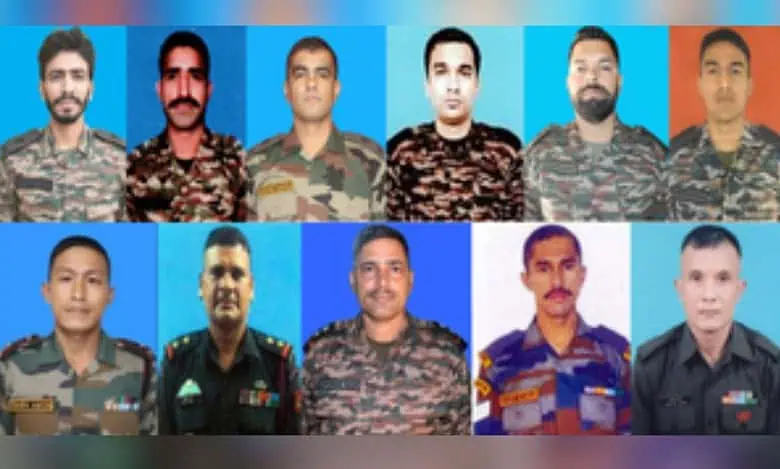
Chandipura Virus Enters Rajasthan
Chandipura Virus Enters Rajasthan: 3-Year-Old Child Tests Positive, Health Department on Alert
The Chandipura virus has been detected in Rajasthan’s Dungarpur district, with a 3-year-old child testing positive. This development has put the health department on high alert, leading to increased surveillance and sample collection in the surrounding areas. The virus, which has already claimed the lives of six children in Gujarat, is now raising concerns in Rajasthan.
Entry of Chandipura Virus in Rajasthan
Following heavy rains and waterlogging, a case of Chandipura virus has emerged in Dungarpur, Rajasthan. A 3-year-old child’s sample tested positive, prompting swift action from the health department. The Rajasthan government has intensified efforts to collect samples from the area around the infected child to prevent further spread.
The child’s sample was sent to the Chandipura Diagnosis Lab in Pune on July 12, and the positive result was confirmed shortly thereafter. The rapid response from the medical community includes detailed investigations into how the virus may have spread and implementing preventative measures.
Medical College and Health Department Response
According to the superintendent of Dungarpur Medical College, the 3-year-old was admitted on July 11 with symptoms consistent with the virus. Upon confirmation of the virus on July 12, the health department accelerated sample collection in the vicinity of the infected child.
This swift response underscores the urgency and seriousness with which the health authorities are treating the Chandipura virus, given its recent fatal impact in neighboring Gujarat.
Fatal Impact in Gujarat
The Chandipura virus has proven deadly, with six children succumbing to the disease in Gujarat. The virus predominantly affects children aged 9 to 14 and is transmitted through sandfly bites. Symptoms include high fever, vomiting, diarrhea, and seizures. The outbreak has created a wave of fear among the populace, particularly in rural areas where the virus appears to be more prevalent.
Earlier, there were suspected cases in Kherwara and Nayagaon regions of Udaipur, but those cases were not confirmed. The confirmed case in Dungarpur has heightened the need for vigilance and prompt medical intervention.
Origin and Transmission of Chandipura Virus
The Chandipura virus was first identified in 1965 in the Chandipura village of Nagpur district, Maharashtra. The virus primarily spreads through sandflies and has a high impact on children. Symptoms typically manifest as high fever, vomiting, diarrhea, and seizures. Due to its method of transmission, the virus is more common in rural settings.
Medical professionals advise protective measures to prevent sandfly bites, such as wearing long-sleeved clothing and using mosquito nets and insect repellents. Public health campaigns are also emphasizing these preventive strategies to curb the spread of the virus.
Preventive Measures and Public Health Advice
In response to the outbreak, the health department has issued guidelines to prevent further infections. Parents are advised to dress their children in long-sleeved clothing and use mosquito nets while sleeping. Insecticides are also recommended for use in households to reduce the presence of sandflies.
Additionally, the health department is conducting awareness programs to educate the public about the symptoms and preventive measures for Chandipura virus. Rapid response teams are being deployed to areas with reported cases to ensure quick containment and treatment.
Conclusion
The confirmation of Chandipura virus in Rajasthan’s Dungarpur district has triggered an urgent response from health authorities. With the virus having already caused fatalities in Gujarat, the focus is now on preventing its spread in Rajasthan. Continuous monitoring, sample collection, and public awareness are critical components of the health department’s strategy to combat this virus.
As the situation evolves, it is crucial for the public to stay informed about the virus and adhere to the preventive measures recommended by health officials. The collective effort of the community and health authorities will be vital in controlling the outbreak and protecting the most vulnerable populations.
Rahul Gandhi Criticizes Budget 2024


